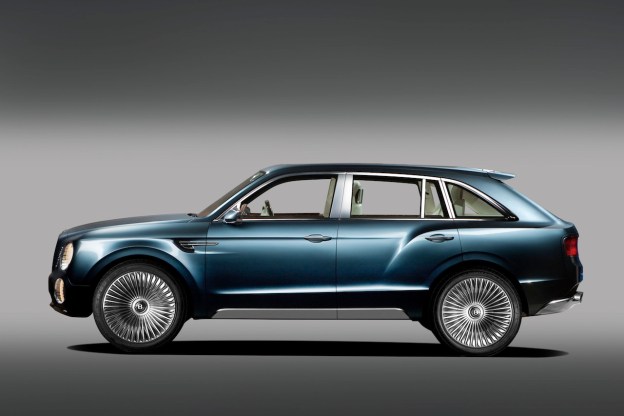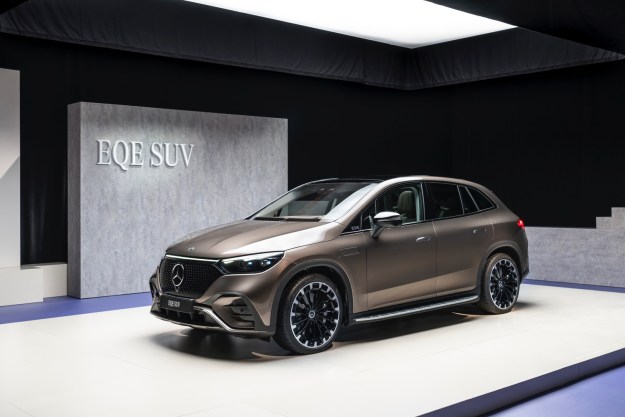
Despite most of the world’s automotive journalists complete disdain for the Bentley SUV concept unveiled last year, 2,000 people placed orders for the Audi Q7-based luxury truck.
Now, however, Bentley chief Wolfgang Schreiber said in an Autocar interview that the as-of-yet-unnamed SUV will be “completely different” than the concept and is ready for final production approval. The last few kinks to work out: production site and naming.
The Bentley SUV is based upon the Volkswagen Touareg/Porsche Cayenne/Audi Q7 platform. Those vehicles are built in Bratislava, Slovakia. This is where Volkswagen, the parent company of Bentley, would prefer the Bentley version be built.
Bentley, however, is a keen to assemble the hulking luxury 4X4 in Crewe, England, where the majority of Bentleys are built.
Aimed for a 2015 or 2016 debut, the Bentley still has no name or price tag. That didn’t stop Bentley enthusiasts from around the globe from phoning in their purchase requests. One name, the Falcon, had been tossed around but was rejected, as it might not work in all global markets. Australia, for instance, would have a fit as it already has a beloved Falcon roaming the continent down under, the Ford Falcon made famous by Mad Max.
Bentley foresees 3,000 to 4,000 SUV sales each year, which would help in reaching its goal of 15,000 annual sales by 2018.
Unlike many of our fellow automotive journalists, we didn’t hate the Bentley SUV concept. We, in fact, loved its outrageous looks. It screamed outlandish luxury and, for that, we loved it.
Love it? Hate it? Where would you like to drive it? Leave a comment below.
Editors' Recommendations
- Genesis Neolun concept is an electric SUV inspired by tradition
- The Lucid Gravity has more range than any other electric SUV
- Mercedes-AMG EQE SUV first drive review: a better electric SUV
- Mercedes-Maybach EQS SUV is old-school luxury — electrified
- Mercedes-Benz EQE SUV first drive review: ’90s look, cutting-edge tech


